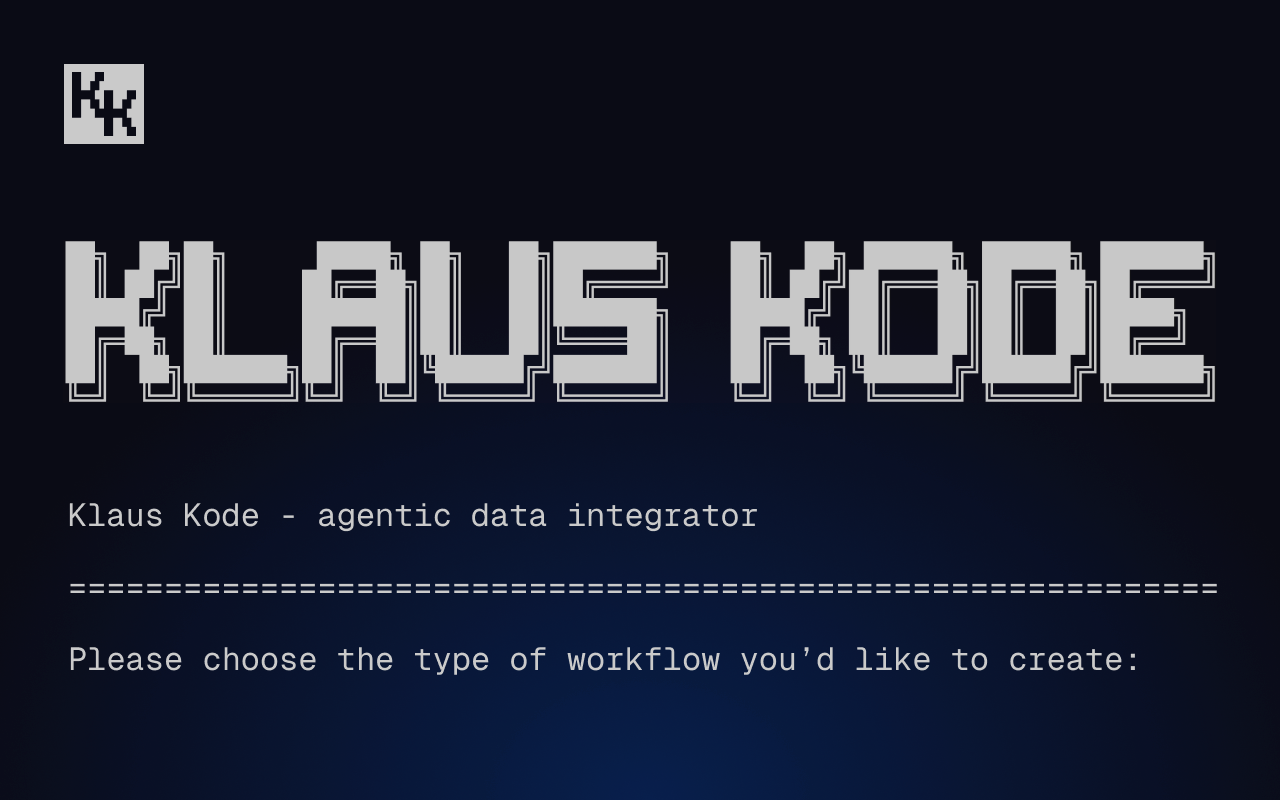Why IoT projects fail — and what you can do differently to succeed
If your last IoT project wasn’t wholly successful or you’d like to progress along the learning curve faster, we’ve got you covered.

Why IoT projects fail and what you can do differently
Tapping into the internet of things with your own IoT project is an exciting prospect. You can better connect with customers, gather new data, integrate machines and devices within your company for greater efficiency, and create applications that turn data into action in real time. A successful IoT project builds momentum and opens the door to a new world of possibilities. Unfortunately, most IoT projects aren’t quite as successful as hoped. In a survey conducted by Beecham Research, 58% of the respondents stated that their IoT project was either mostly unsuccessful, or wholly unsuccessful.
Where did these IoT projects go wrong and how can you avoid those mistakes?
High failure rates can seem daunting, but failure is often part of a learning curve that leads to greater success. Of course, that doesn’t mean you need to make every mistake yourself. If your last IoT project wasn’t wholly successful or you’d like to progress along the learning curve faster, we’ve got you covered.
5 reasons IoT projects fail and how to avoid them
Lack of reliable hardware/software
Many companies underestimate the infrastructure needed to complete an IoT project. They’re comfortable sending data to the cloud, but IoT projects typically involve much larger volumes of data and operate on the edge and in the fog. This is unfamiliar territory that requires more complex software, hardware and networking to tightly integrate all the components.
The learning curve is huge. It’s a case of not knowing what you don’t know until you try to figure it out. Building an infrastructure with the speed, resilience and reliability you need can delay or completely derail an IoT project even at large companies.
For example, we worked with a consumer products company that didn’t have the data architecture it needed to handle stream processing from its new wearable device. This architecture can take years to build, so it was unrealistic for them to tackle it in-house as part of the IoT project.
Quix’s ready-to-use infrastructure provided the reliable data architecture they needed. We already spent years building reliable infrastructure. With Quix, teams can quickly create a backend for an IoT project with a Kafka broker, authentication, instant APIs, serverless functions, and data storage. For the consumer products company this enabled them to launch a fully functional IoT product 300% faster.

Connectivity challenges
A big part of the hardware/software challenge is connectivity, both to the internet and between components. Nearly all respondents identified connectivity issues — coverage, reliability, bandwidth, latency — as significant challenges, according to the IoT survey conducted by Beecham Research.
Control, a telemetry company specializing in race car data connectivity, faced this challenge head on. They needed to keep IoT sensors and devices connected as they raced around the track and they wanted the fastest connection available. Automatic network connection was not optimal as it connected with the first available network, not the best available network. Instead engineers would physically visit each track to manually configure the connection.
Control partnered with Quix to optimize connectivity by building and deploying machine learning models that could automatically detect network performance and update the device configuration. See how Quix’s production-ready stream processing platform helped them quickly build, train, test and deploy a ML system that optimized connectivity.
The project doesn’t scale
Once you get the infrastructure connected and working (yeah!), there are still more challenges ahead (boo). The technology needed for an IoT application with dozens or even hundreds of sensors, is different from the technology needed to scale that application to thousands or hundreds of thousands of sensors. And once the project is live, changes need to be made with minimal or no down time.
“IoT companies need to develop soup-to-nuts solutions companies can deploy by hiding the underlying complexity of the application infrastructure. That means being able to easily distribute logic and application components to the edge without having to worry about hardware or network communication.”
Forbes
It’s not just a technology challenge; it’s also a resource challenge. I talk to engineers who know what the solutions are, but don’t have the time and resources to scale them. The great thing is that I do have a solution to their scalability challenge.
With Quix, engineers can migrate their IoT project into our platform and scale from there. This means that even if you didn’t use Quix to build the initial data infrastructure, it’s not too late to switch to our platform. Learn more about getting stream processing to scale.
Limited technical expertise
Your ability to overcome the above challenges will depend heavily on your existing technical expertise and ability to retain that talent. Building the complex infrastructure needed for an IoT project and scaling it often takes months or years, even for experienced teams. And people with that expertise are in demand. Projects that rely on one or two very talented engineers can come to a halt if those people leave.
Fortunately, there are solutions that enable citizen developers to build and deploy advanced data projects. We’re seeing companies create in-house bootcamps that empower employees to use real-time data across the business. This takes reliance off one or two individuals and enables companies to build a broad base of technical capabilities.
Quix was built with this in mind. Anyone who knows, or can learn, Python can use Quix. See how to build and deploy a data science project (no developer required) in this tutorial.
Constrained analytics
In all the excitement of building an IoT project and getting it to work, analytics can end up being an afterthought. But analyzing large volumes of streaming data effectively requires planning and launching without analytics means losing months of valuable data.
This was part of the challenge faced by the consumer products company we worked with. In addition to a reliable data architecture for their wearable devices, they also needed to create machine learning models and analytics from the early adopters.
Quix enabled data scientists to build stream processing pipelines before the hardware was in production. They were then able to ingest synthetic or simulation data and use that to build and test machine learning models. As a result, they were ready to immediately analyze and use data when the devices launched instead of several months later.
Stack the odds of success in your favor with Quix
You know what you want your IoT project to do. You have the internal expertise to do that thing. But working with IoT data is hard, often so much harder than teams realize before they start. This is where Quix comes in.
With Quix you can create a backend for your IoT project in 2 minutes. We’ve done the work to ensure speed, resiliency, and reliability. You can focus on building your IoT project and be confident that it will work and scale when it’s connected to the data architecture. What’s more, we make it easy and safe for anyone in your company who knows Python to access and use that data. Focus on your thing, let us take care of the internet.

Check out the repo
Our Python client library is open source, and brings DataFrames and the Python ecosystem to stream processing.

Interested in Quix Cloud?
Take a look around and explore the features of our platform.

Interested in Quix Cloud?
Take a look around and explore the features of our platform.

.svg)






